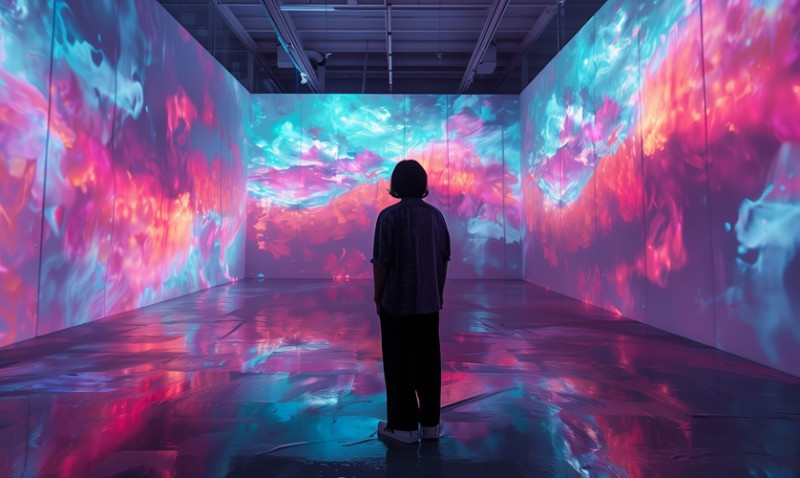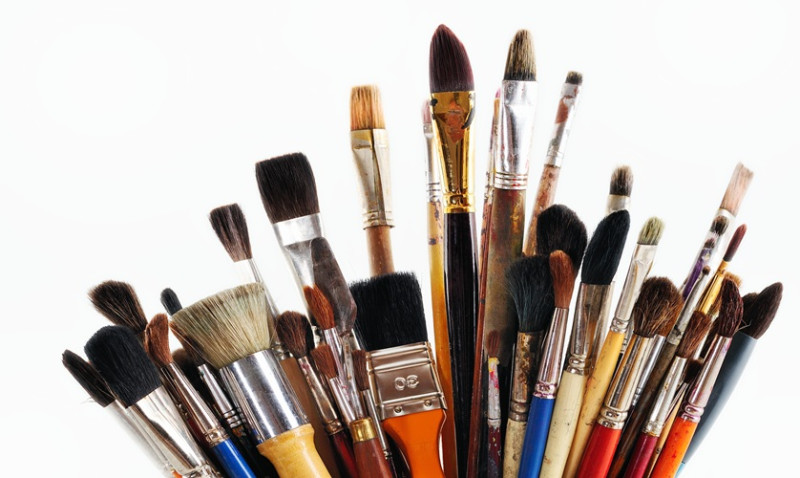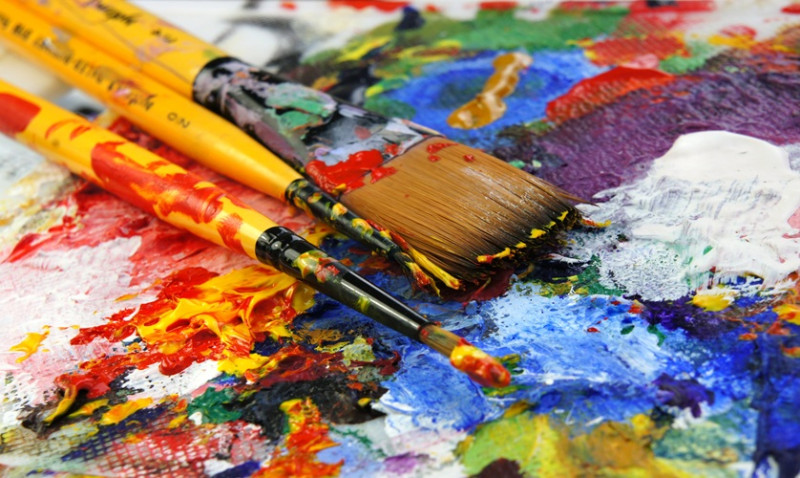
In today's digital age, social media has become an essential tool for businesses across all industries, including art galleries. With the right strategies, galleries can effectively engage their audiences, showcase their collections, and ultimately boost sales. This blog post will explore various ways art galleries can harness the power of social media to achieve these goals.
The Importance of Social Media for Art Galleries
Social media platforms provide art galleries with a unique opportunity to connect with a broader audience. Here are some key reasons why social media is vital for galleries:
- Increased Visibility: Social media allows galleries to reach potential customers who may not have discovered them otherwise.
- Engagement: Galleries can interact with their audience, fostering a sense of community and loyalty.
- Cost-Effective Marketing: Compared to traditional advertising, social media marketing is often more affordable and can yield higher returns.
- Real-Time Feedback: Galleries can receive immediate feedback on their exhibitions and events, allowing for quick adjustments and improvements.
Choosing the Right Platforms
Not all social media platforms are created equal, and it's essential for art galleries to choose the right ones based on their target audience. Here are some popular platforms and their benefits:
Instagram is a visual platform that is perfect for showcasing artwork. With features like Stories, Reels, and IGTV, galleries can create engaging content that highlights their exhibitions and artists.
Facebook offers a more comprehensive platform for galleries to share events, engage with followers, and create community groups. It also provides robust advertising options to target specific demographics.
Twitter is ideal for real-time updates and engaging in conversations with art enthusiasts. Galleries can use hashtags to join trending topics and connect with a broader audience.
Pinterest is a great platform for galleries to showcase their collections and drive traffic to their websites. By creating visually appealing boards, galleries can attract users interested in art and design.
Creating Engaging Content
Content is king in the world of social media. Art galleries need to create engaging and relevant content that resonates with their audience. Here are some content ideas:
Behind-the-Scenes Content
Sharing behind-the-scenes content can humanize the gallery and create a connection with the audience. This could include:
- Setup of exhibitions
- Interviews with artists
- Insights into the curation process
Artist Spotlights
Highlighting individual artists can help build their brand and create a personal connection with the audience. Galleries can share:
- Artist interviews
- Featured artworks
- Upcoming projects or exhibitions
Interactive Content
Engaging the audience through interactive content can increase participation and interest. Consider:
- Polls and surveys about art preferences
- Contests or giveaways
- Live Q&A sessions with artists or curators
Utilizing Hashtags Effectively
Hashtags are a powerful tool for increasing the visibility of social media posts. Art galleries should research and use relevant hashtags to reach a wider audience. Here are some tips:
- Use a mix of popular and niche hashtags.
- Create a unique hashtag for the gallery or specific exhibitions.
- Engage with trending hashtags related to art and culture.
Building a Community
Social media is not just about broadcasting content; it's also about building a community. Art galleries can foster a sense of belonging by:
Engaging with Followers
Responding to comments and messages promptly shows that the gallery values its audience. This engagement can lead to increased loyalty and word-of-mouth referrals.
Creating Events and Meetups
Hosting virtual or in-person events can strengthen community ties. Consider:
- Art workshops
- Gallery tours
- Networking events for artists and collectors
Leveraging User-Generated Content
User-generated content (UGC) is a powerful way to showcase the gallery's impact on its audience. Encourage visitors to share their experiences and artworks by:
- Creating a specific hashtag for visitors to use.
- Featuring UGC on the gallery's social media pages.
- Running campaigns that encourage followers to share their art-related experiences.
Analyzing Performance and Adjusting Strategies
To ensure the effectiveness of social media efforts, galleries must regularly analyze their performance. Key metrics to track include:
- Engagement rates (likes, comments, shares)
- Follower growth
- Website traffic from social media
- Sales generated through social media promotions
Using tools like Google Analytics and social media insights can help galleries understand what content resonates with their audience and adjust their strategies accordingly.
Collaborating with Influencers and Artists
Partnering with influencers and artists can amplify a gallery's reach and credibility. Here are some collaboration ideas:
- Inviting influencers to visit the gallery and share their experiences.
- Collaborating with artists for exclusive social media takeovers.
- Creating joint campaigns that promote both the gallery and the artist.
Conclusion
In conclusion, social media is a powerful tool that art galleries can leverage to engage audiences and boost sales. By choosing the right platforms, creating engaging content, building a community, and analyzing performance, galleries can enhance their online presence and connect with art lovers worldwide. As the art world continues to evolve, embracing social media will be crucial for galleries looking to thrive in the digital landscape.





